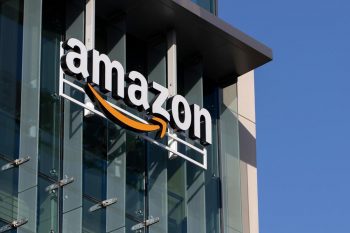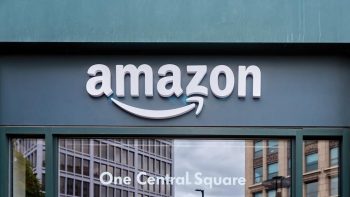
Amazon, the global e-commerce giant, has always been at the forefront of business innovation. But in addition to its technological advances, it has also made significant strides in its compensation policies. One such milestone is the implementation of a $15 minimum wage for all U.S. workers. But when exactly did this happen? And what were the reasons and implications behind this decision? Let’s dive deep into this topic.
Amazon started paying a minimum wage of $15 per hour to all its U.S. employees on November 1, 2018. This decision applied to full-time, part-time, temporary, and seasonal workers. The move was part of Amazon’s strategy to improve employee morale and retention, respond to critics, and set an example for higher wages in the industry.
The Announcement
On November 1, 2018, Amazon increased its minimum wage to $15 an hour for all U.S. employees. This included full-time, part-time, temporary, and seasonal workers. This decision was a significant leap from the federal minimum wage of $7.25 per hour, which had been in place since 2009. The wage increase benefited more than 250,000 Amazon employees and over 100,000 seasonal employees.
The Motivation
Amazon’s decision to raise the minimum wage was influenced by several factors. The company had faced criticism over its workers’ pay and treatment, and CEO Jeff Bezos stated that they decided to lead by example. The wage increase had a positive impact on employee morale, retention, and the number of applications for hourly positions. It also demonstrated the effectiveness of the Fight for $15 movement, a grassroots push to increase pay and form unions in the retail and fast-food industries.
The Impact
Amazon’s wage increase had an immediate positive impact on its workforce. The number of job applicants more than doubled in the month following the wage increase, and the announcement was met with enthusiasm from Amazon employees. However, as part of the new compensation structure, Amazon stopped offering stock awards to hourly workers and eliminated monthly bonuses, which led to some concerns among employees about their overall compensation.
The Ripple Effect
Amazon’s wage increase also had a ripple effect on local companies. Research from the University of California, Berkeley, and Brandeis University showed that low-wage workers at other businesses in areas where Amazon operates experienced significant wage growth since 2018. The wage increase has also helped communities and fueled economic growth.
The Future
Amazon has future plans to increase wages further. The company announced plans to hire 250,000 workers for the holiday season and increase the average hourly pay for warehouse and delivery workers to between $17 and $28. Amazon’s average hourly wage is now more than $19 per hour, more than double the federal minimum wage.
Conclusion
In conclusion, Amazon’s decision to raise the minimum wage to $15 was a strategic business move that aimed to improve employee morale and retention, respond to critics, and lead by example in advocating for higher wages across the industry. It has had a positive impact on the company’s workforce, the local labor market, and the broader economy. It is a testament to the power of progressive labor policies and a model for other companies to follow.
Frequently Asked Questions
Did the $15 minimum wage apply to Amazon workers globally?
No, the $15 minimum wage increase announced in 2018 was specifically for all U.S. employees of Amazon. The wage policies for Amazon workers in other countries vary.
Was there any opposition to Amazon’s decision to raise the minimum wage?
While the wage increase was generally well-received, there were concerns among some Amazon employees due to the company’s decision to eliminate stock awards and monthly bonuses as part of the new compensation structure.
Are there other companies that followed Amazon’s lead in raising the minimum wage?
Yes, following Amazon’s announcement, several other major companies such as Target and Walmart also committed to raising their minimum wages, though not all have matched Amazon’s $15 per hour.
How does Amazon’s average hourly wage compare to the industry average?
As of 2021, Amazon’s average hourly wage of over $19 is significantly higher than the federal minimum wage and is also higher than the median wage for U.S. workers in the retail trade sector.
What is the Fight for $15 movement mentioned in the blog post?
The Fight for $15 is a grassroots movement that started in 2012. It advocates for a $15 minimum wage and the right to form unions for workers in the fast-food, retail, and other low-wage industries.












